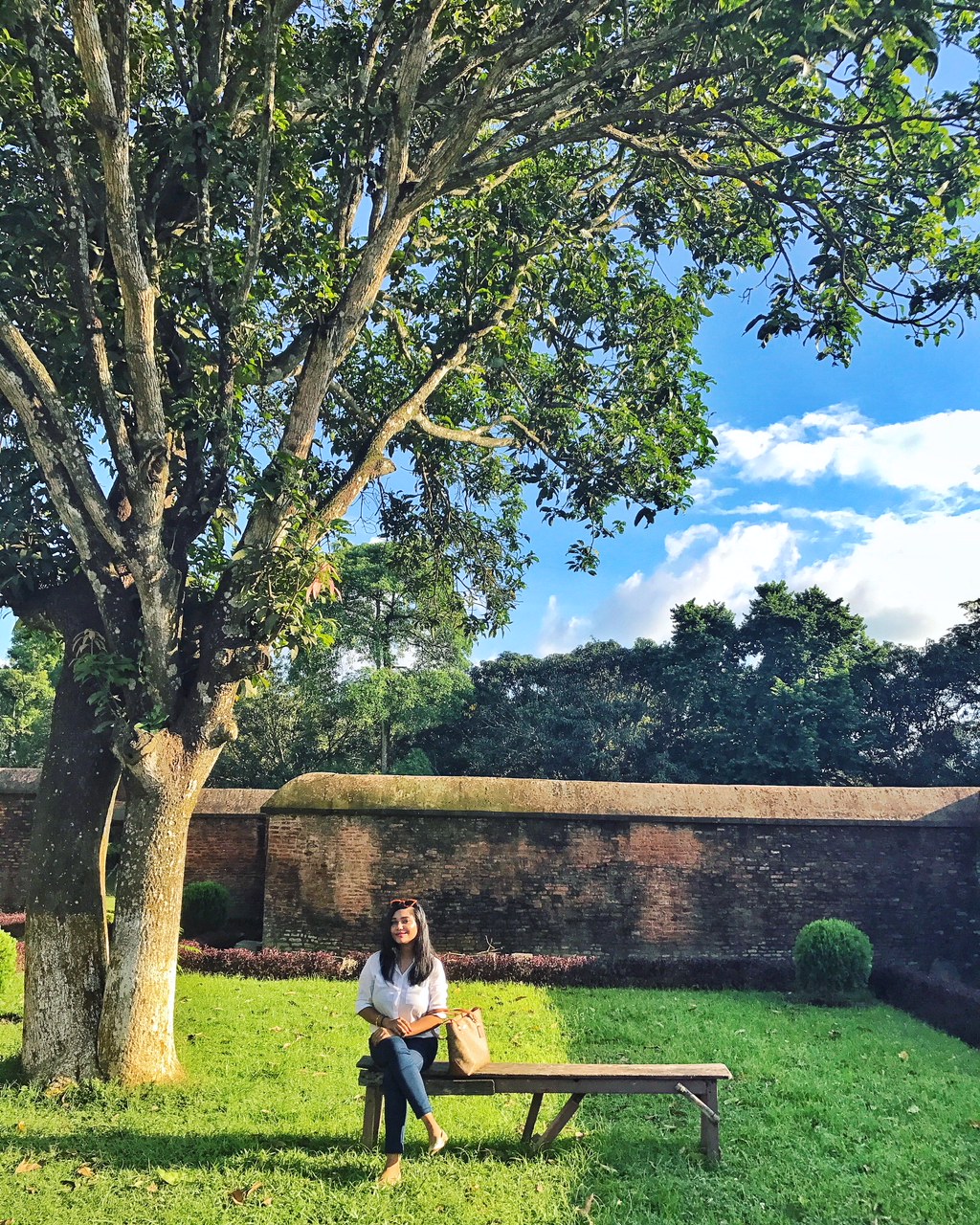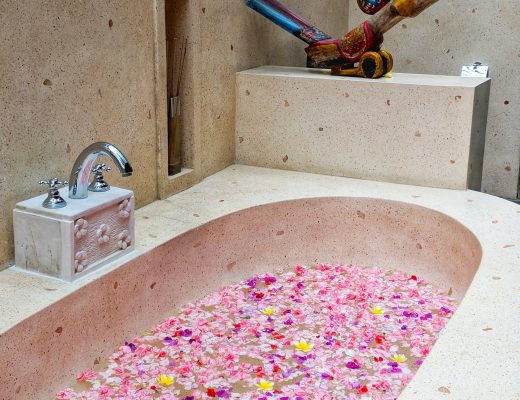Every old place has a soul, and every soul has a story to tell. The story of what it once was and the story of its journey since. Across the Indo-Bangla border lies one such grey soul, the ruined city of Gaur. With a sky full of history, the citadel now shines bright despite the cracks and wreckage. This can be credited to British archaeologists and administration who, under the guidance of Lord Curzon, helped restore many crumbling walls, forts, and frames, to their former glory.

That’s Bangladesh!
I remember going for picnics with my family to this historical place almost every winter vacation. Picnics used to be a thing in West Bengal back then, I’m sure it still is but we have so many options now. My ancestral home in Farakka is just 30-45 minutes drive from Gaur, hence I have fond memories of this place!

The Gaur, or Gauda, city gets its title of ‘the ruined city’ because of the recurring plunders, annexures and attacks. Dynasties after dynasties have tried to establish their rule over the city, some of which were prosperous, while others not so much. The complete downfall of the city came due to the change in the course of the Ganges. The western side of the city was washed by the Ganges, with the embankments completely covered in thick dense jungle. On the outer embankments stands tall and mighty, the Sagar Dighi great reservoir. That’s not the only great structure of the city, though.

The Bara Darwaza, or twelve doored corridor in the Great Golden Mosque is one of the finest ruins in Gaur. With eleven out of thirty three domes and arches still intact, the mosque becomes exemplary of architectural excellence. In fact, in every mosque there is at least one unique feature that makes it stand out from the rest. The Eunuch’s mosque with its intricate carving, the Tantipur Mosque with the moulding in bricks, and the Lotan Mosque with its glazed tiles. They are all generous contributions of the Muslim conquerors of the city. It’s a pity that due to use of extremely light materials, these buildings were unable to withstand the constant surges, and the weather unpredictability.

What still stands today, however, is the peace the structures were meant to bring in. They may have certain elements of their physical being ruined, but, to mention the least, it only adds to the charm. The charm which can only be experienced. As it is rightly said, ” It’s better to see something once than to hear about it a thousand times.”




2 Comments